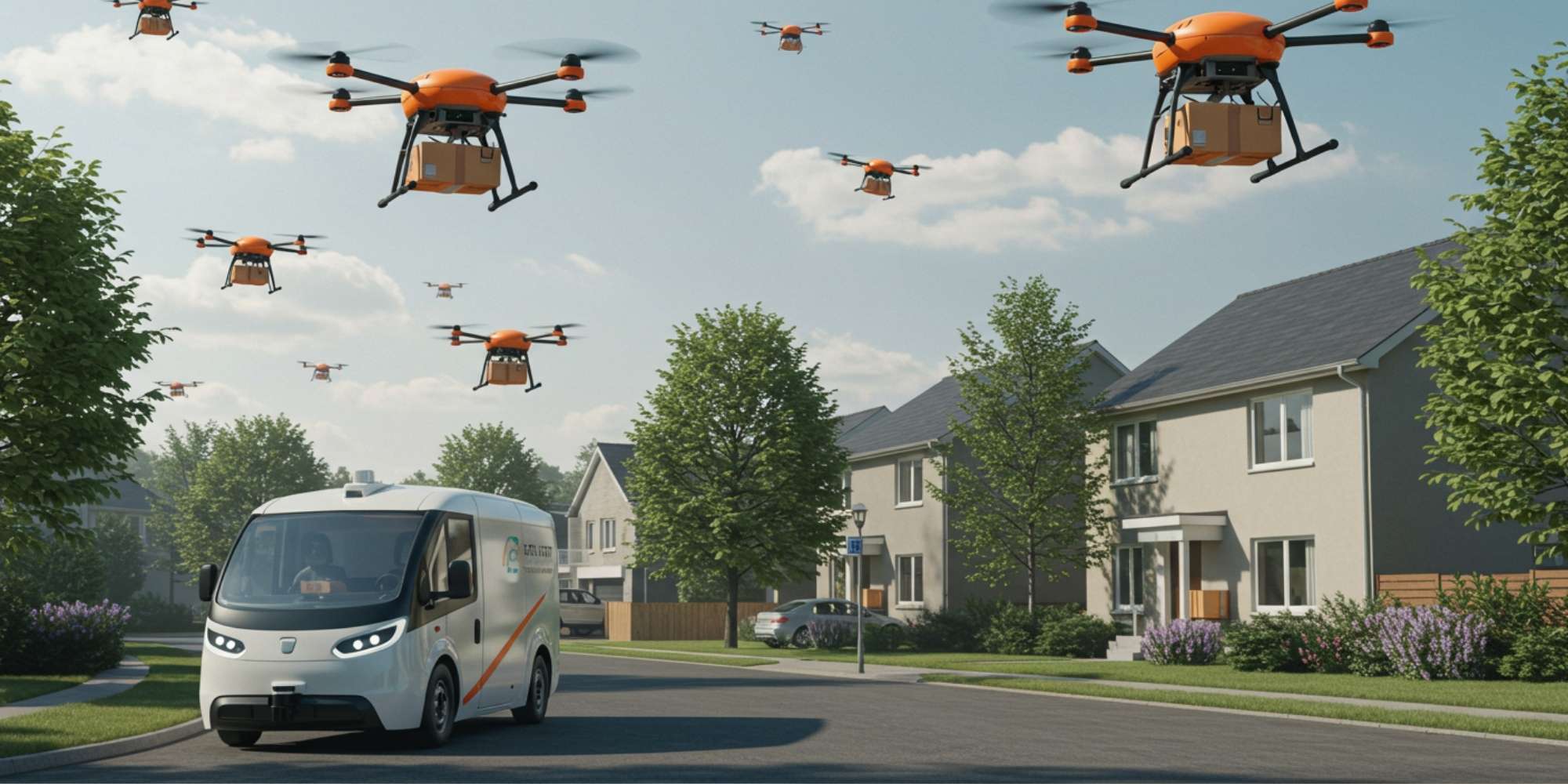
The Future of Last Mile Delivery
Jump right in: How Order Fulfillment Affects Profit Margins
Introduction:
Curious about the future of last-mile delivery? If so, let’s start by finding out what customers want. Indeed, what do people want? People want same-day delivery, and about 70% say free shipping is the reason they shop online. So, fast and affordable delivery is a top priority for customers. The next question is: how can companies meet these expectations? There are several ways.
On the one hand, online sellers are turning to local warehouses to reduce shipping costs. On the other hand, they are adopting new technologies such as drones, robots, and self-driving vehicles to speed up delivery and reduce last-mile costs.
Today, we’re going to focus on technology, and more specifically, what’s on the horizon for last-mile delivery.
Technologies behind last-mile delivery
According to forecasts, customers expect seamless delivery in 2025. And this need, we can assume, is only expected to grow. This is where unmanned technological innovations come into play.
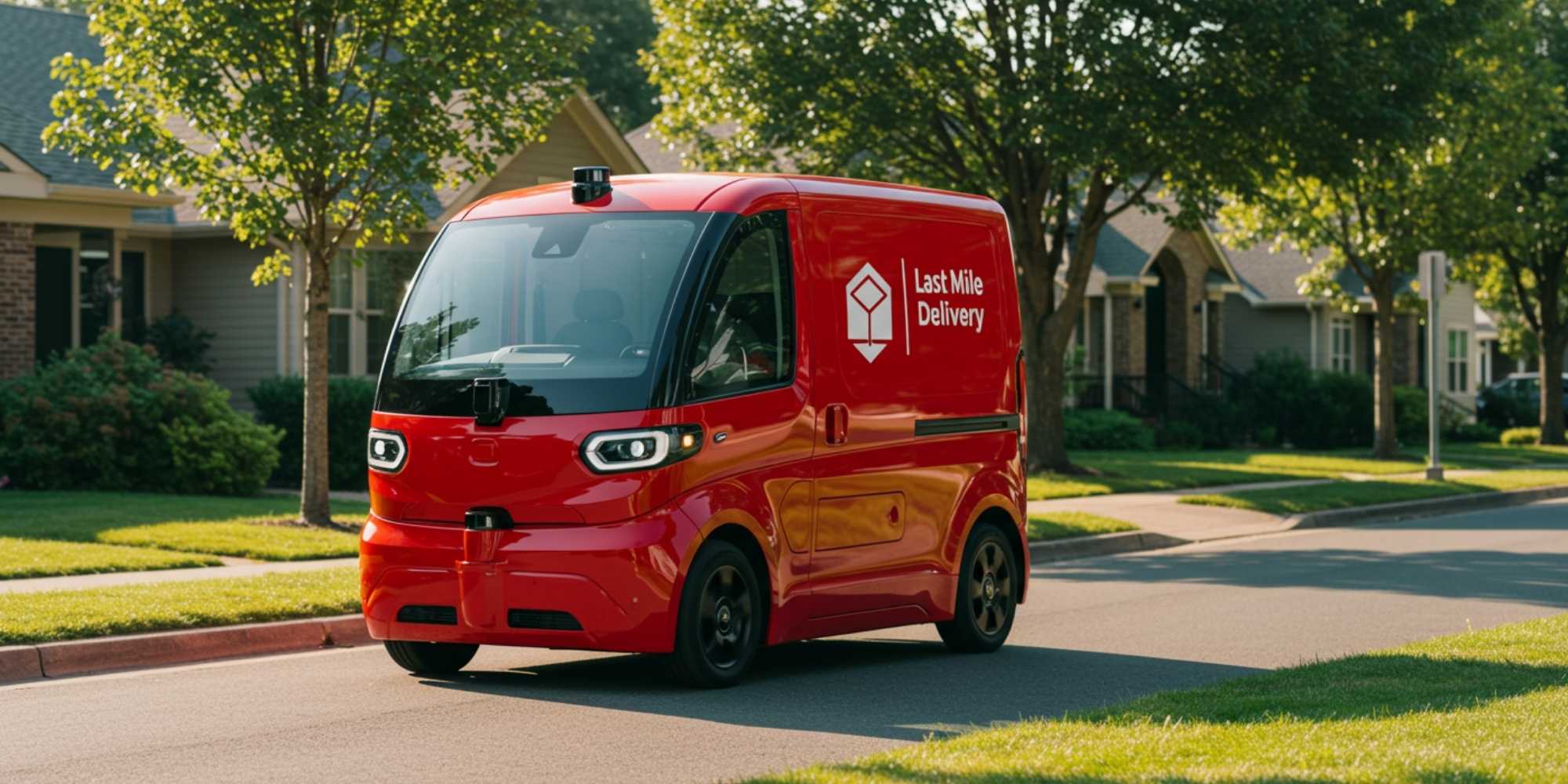
Autonomous vehicles
Self-driving trucks, taxis, and delivery vehicles are not just futuristic concepts; they are here today. Why are they so in demand? The answer is obvious. These vehicles can:
- operate around the clock;
- avoid traffic jams;
- navigate narrow streets, while making delivery faster and cheaper.
Admit it, you’ve already had your package delivered by an autonomous car. What was it like?
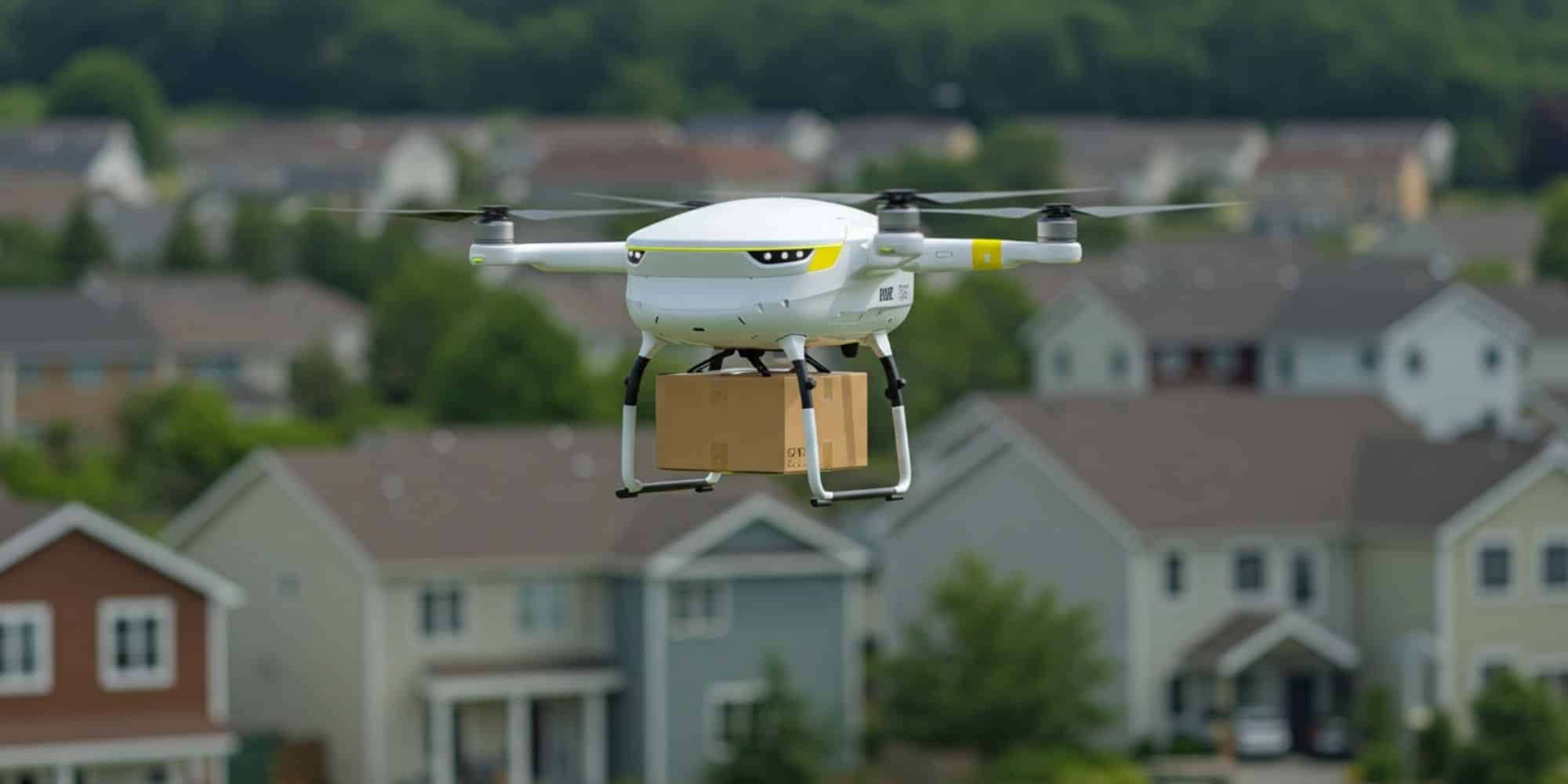
Drones
These unmanned aerial vehicles (UAVs) have long been a part of package delivery and food service operations. So to order a pizza for dinner, you don’t have to go anywhere or contact a courier. You just use a food delivery app and wait for your order to be delivered by drone. The advantage of drones is that they deliver faster because they do so by air, avoiding traffic congestion or other difficulties associated with land-based geography. In addition, because drones are electronic, they help address the sustainability issues of e-commerce:
- Lower carbon emissions – drones are powered by electricity, reducing dependence on fossil fuels.
- Reduced traffic congestion – avoiding motorized vehicles minimizes idling emissions.
- Efficient route optimization – direct delivery routes reduce energy consumption.
- Facilitate decentralized warehousing – enable small warehouses to be located closer to customers.
- Minimize packaging – drone delivery requires lighter, more environmentally friendly materials.
- Energy efficiency – less energy is consumed for small deliveries.
In addition, drones contribute to fewer returns due to faster and more accurate delivery.
The future use of drones depends on solving the following problems:
- Improved payload capacity;
- Increased battery life;
- Improved navigation systems;
- Legal and regulatory basis, etc.
Given the current state of last-mile delivery technologies, drones are expected to become even more integrated into this logistics chain.
Companies using drones include Amazon, Walmart, the UK’s National Health Service, Domino’s Pizza, and many others.

Robots
Using robots to deliver packages to customers is a common practice in U.S. cities. The robots are compact, move as fast as pedestrians, and are equipped with cameras that make their movement through the streets safe and reliable. Robots are used in e-commerce not only to deliver packages. Their use is especially justified if you are scaling your e-commerce business and need to speed up the processes of loading and unloading vehicles, as well as sorting goods in warehouses.
The use of delivery robots in the future will be driven by the advancement of artificial intelligence and machine learning. Robots are expected to learn from their own actions and optimize routes to provide even more efficient services. What will also facilitate the use of robots in last-mile delivery is the creation of proper infrastructure in cities, which is already an urgent issue.
Among the examples of the use of robots for last-mile delivery, we see Amazon, Coca-Cola, Starship delivery robot, Kiwibot delivery robot, Foodpanda PandaBot, and many others.
Key challenges for robotic last-mile delivery
Drones, robots, and autonomous vehicles appear to be the future of e-commerce services, especially in how last-mile delivery is realized. But along with the benefits, there are valid challenges:

Regulatory challenges
Robots, self-driving vehicles or drones – the use of all these delivery methods faces certain regulatory restrictions. Drones raise issues of peace, privacy, and safety in residential areas, especially when it comes to private property – how legal is it to use drones to deliver packages over your house or yard? It’s the same with autonomous vehicles – they drive on different types of roads with different requirements for their use. And that also raises regulatory issues.
Urban infrastructure limitations
For drones, robots, and autonomous vehicles to function seamlessly, we need to create the right infrastructure. This includes creating landing sites and air corridors for drones, charging stations for each electronic vehicle, and providing ground infrastructure for the movement of robots and autonomous vehicles. This means that the emergence of all these new vehicles cannot go unnoticed, especially if their use threatens to cause a collapse of ground transportation as well as in the air.
Functional challenges
Drones are primarily used to deliver light loads, and this characteristic can be a barrier to expanding the use of drones in logistics. They are functionally designed to be unable to carry heavy loads, which makes their use appropriate and justifiable only in limited logistics linkages. Autonomous vehicles or robots, on the other hand, are designed to carry heavier or bulkier loads. Conversely, they are not well suited to delivering small packages. The question is which delivery method to invest in.
Save Yourself the Headache and Let us Handle Your Fulfillment!
See How Using a 3PL for saves Apparel sellers time. Get a Free Quote from eFulfillment Service Today!
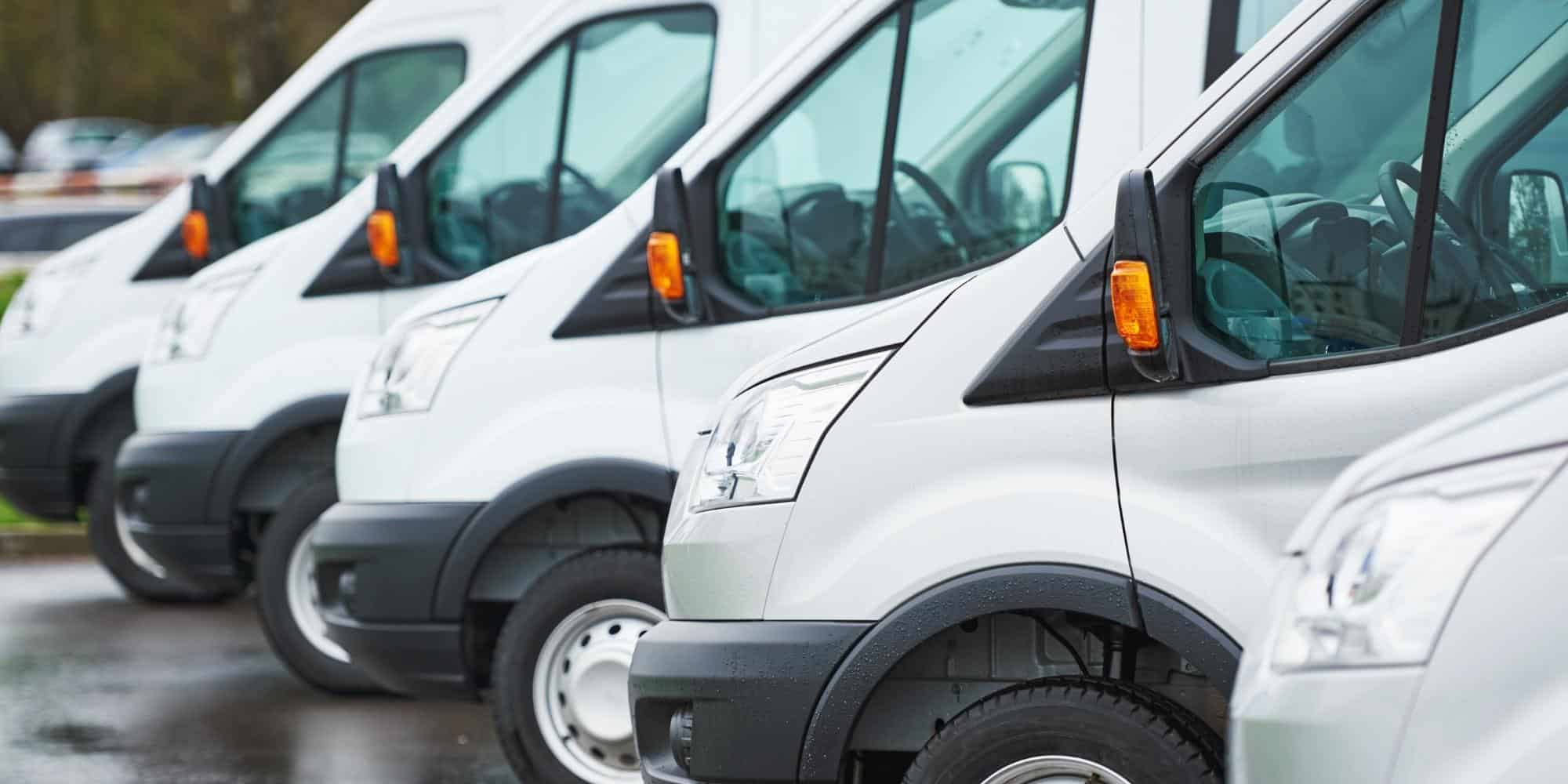
How challenges can be addressed
The above challenges associated with the future use of robots, drones, and autonomous vehicles can be avoided if the following measures are taken:
- Developing educational projects (including privacy and security protocols) and making society aware of the functions of last-mile delivery methods so that the technologies used do not cause resistance or misunderstanding.
- Creating a coherent legal and regulatory framework to govern the use of drones in the air and robots and autonomous vehicles on the ground, as well as implementing consistent state and federal regulations.
- Considering regulatory and logistical constraints on the use of certain delivery vehicles in urban areas, and using only those that best meet the needs and objectives of the delivery (drones only deliver light and time-sensitive packages, etc.).
- Cooperation of logistics companies, e-commerce companies, and cities to create the necessary infrastructure (mentioned above).
Efficiency Tip: Partnering with an 3PL can free up your time to focus on what you do best, sell great products!
Get a Free Quote from eFulfillment Service and see how we can simplify your selling!
About the Author
Jesse Galanis is a professional writer whose aim is to make complex concepts easy to understand. He strives to provide quality content that assists people in everyday life.
Summary
The last-mile delivery industry is changing rapidly to meet customer expectations, reduce costs, and speed up delivery times. Instead of relying on human drivers, we’re seeing drones, robots, and self-driving vehicles take over. These technologies are becoming the norm. And while there are still many challenges to overcome, the desire for faster, cheaper, and safer delivery is driving these innovations, not just the imagination of developers. As the field continues to evolve, we can expect even better solutions to emerge.


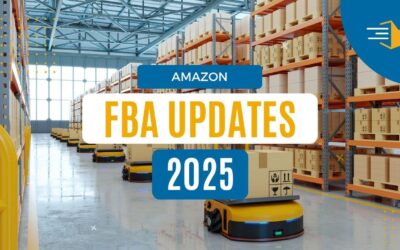

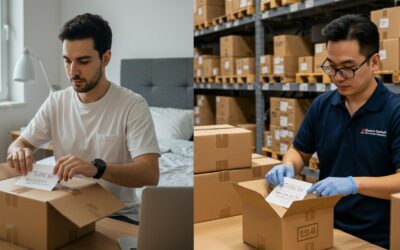
0 Comments